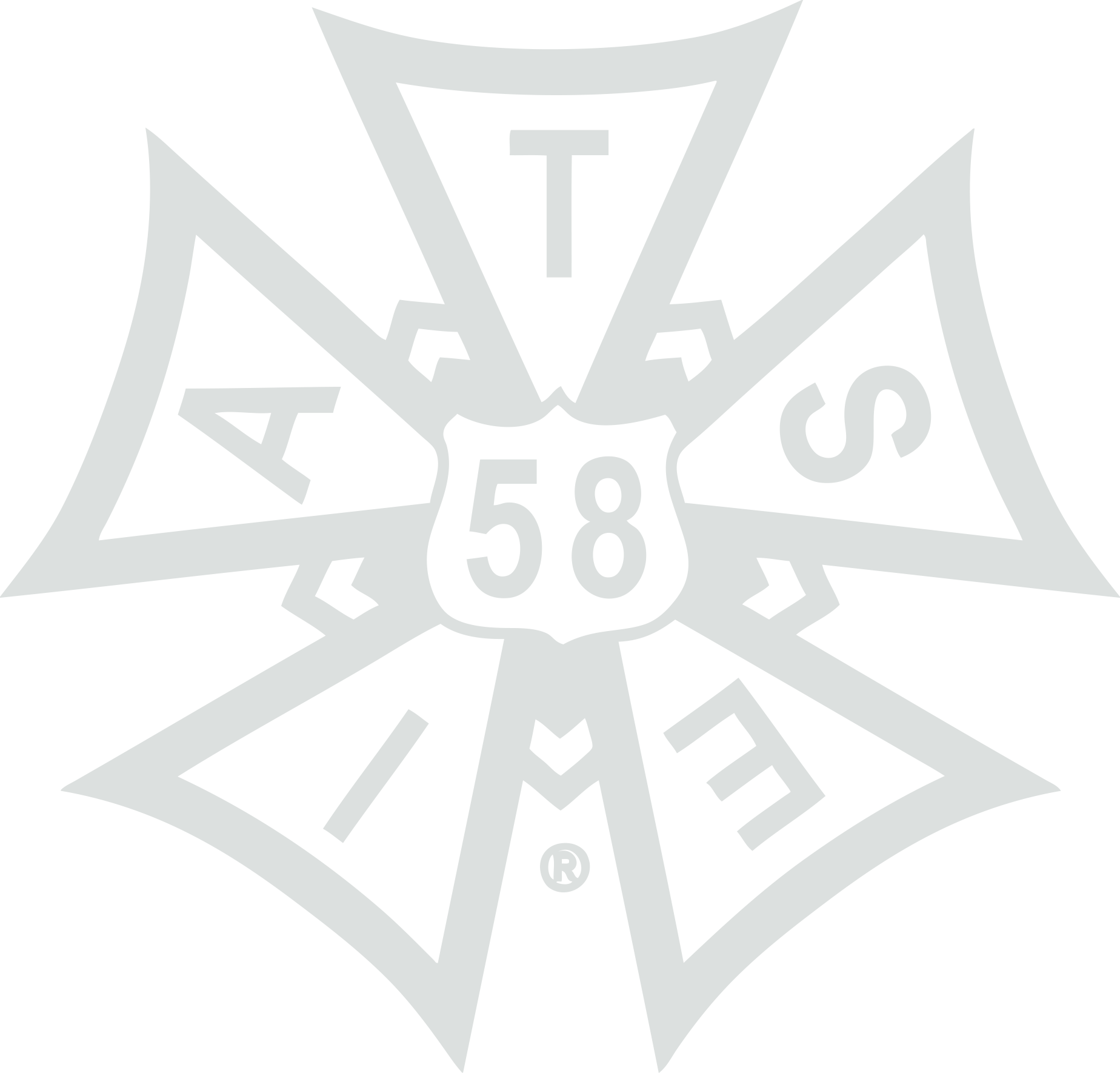One remarkable feature of the industry in those days was the true spirit of solidarity and co-operation extended among the related unions; Local 58, The Musicians Union, Actor’s Equity and the Union of Scenic Painters. In response to what was known as a “Road Call”, one union would withhold services to an employer who was having a dispute with another union. The musicians and the stagehands were often closely allied in their struggle for better wages or conditions.
In 1971, when three long-time members, Stanley Peer, Frank Cassidy and Albert Koster received their gold cards for 50 years of service, they remembered Toronto in the Twenties as a bustling, busy theatre town. Big stars like Al Jolson, Sophie Tucker, George Burns and Gracie Allen, Milton Berle and Joe E. Brown were regulars on the ‘big time’ circuit. The Royal Alexandra was a ‘legit house’, meaning it presented dramas as opposed to variety or vaudeville. It was the jewel among the many new theatres in the city and remains in operation today. Despite, the apparent sophistication of the Toronto audiences, Stanley Peer also recalled that in 1925, a show called “Sailor Beware” was closed by the authorities because a couple kissed on stage. This was a far cry from “Hair” in the 60’s and “Rent” in the 90’s but in that era Toronto The Good had a well-earned reputation for prudery.
But the good times came to an end as the depression began to take effect in 1930. Vaudeville was already dying. Full-length motion pictures were gaining in popular appeal and unlike live acts; movies were docile and easily handled. Another important reason for the decline was that the movies stole the vaudeville stars, such as Charlie Chaplin and W.C. Fields and took them off the road. Without the headliners, vaudeville’s attendance dropped. Cost-conscious managers saw that by switching to movies, they could dispense with most of their unionized employees. You needed only a projectionist. Hard times fell on the stagehands that had helped to build vaudeville. Throughout the dirty thirties only a few men remained employed to maintain the screens and curtains of these great theatres. (Senior members John Fisher and Jim Fuller recall visiting with their fathers at theatres like the Loew’s Downtown or Shea’s Hippodrome and watching “sideways movies” from the wings). For most of the membership, it was often a struggle just to keep up with the dues. Wages were rolled back and theatres closed. Stanley Peer recalled that during the depression, the average stagehand earned only $500 to $600 a year. Men in need borrowed from the Local, then fell behind in their dues. Some lost their hard-earned cards.
But the Local managed to survive by finding some new work for its members. In 1929, the Royal York Hotel was built. At the time it was the largest hotel in the British empire and it featured a concert hall complete with an orchestra pit. In later years, the Imperial Room became one of the finest nightclubs on the continent. In later years, many an apprentice earned a full card by running a spotlight or working sound in this famous venue.
When the T. Eaton Company opened its flagship College Street store in 1930, the brand new 1000 seat art deco auditorium was the showpiece of the building. Through the years, Eaton Auditorium was host to countless stars such as Tenor Jan Peerce and soprano Marian Anderson. Thousands of Torontonians took part in Kiwanis festivals or other musical competitions on this stage. Our oldest living member, Bill Benzummin gained his first work experience at this historic venue.
Maple Leaf Gardens was built on Carlton Street in the midst of the depression and over time the Local began to service many of its events. But the ‘road’ had dried up in Canada and few American attractions were touring here. In 1937, Ernest Rawley, the manager of the Royal Alex wrote in the Saturday Night Magazine that there was a dire lack of professional theatre in Canada, partly due to a lack of suitable venues. The great vaudeville palaces had become movie houses and managers were not interested in switching back to live theatre. In addition, a Montreal-based chain of theatres had signed agreements with a rival union. Those theatres could not book touring shows that had IATSE road crews, which effectively cut Quebec off from every major show and legitimate theatre in North America. But as a consequence, Toronto stagehands were losing work because there was no Canadian ‘circuit’ in operation.
When the Second World War broke out, the Canadian National Exhibition was suspended for the duration. This was the slowest period of work for Local 58 stagehands, most of who had to hold down other jobs to survive during the rest of the year.
As the business shrank, the membership of the union dropped. Older members passed away or retired. Applications were not accepted because the membership felt that there wasn’t enough work to go around. The books were closed and for nearly twenty years, no apprentices were added to the rolls. Even a young Jimmy Fuller, who had training and experience and whose father was an officer of the Local, could not gain membership until after the second world war when he was holding down a full-time job at Famous Players. Even then, it took intervention from the Alliance in New York to break the stalemate. On the day that Brothers Fuller and Benzummin took their solemn oath of allegiance, there were ten new members of Local 58.
